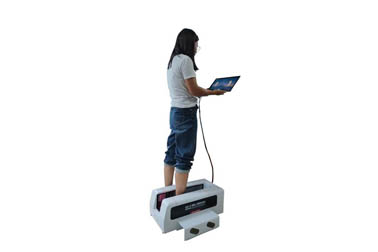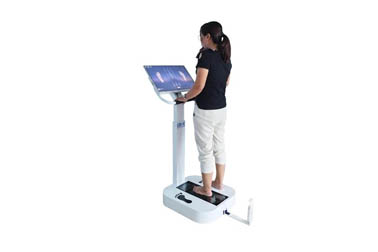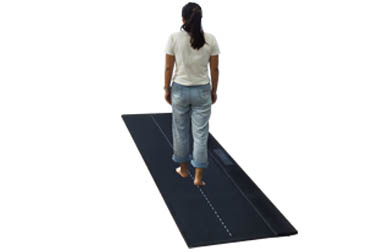With the advancement of personalized health management and the intelligent customization industry, 3D foot scanners have been widely applied in fields such as custom orthotic insoles, athletic footwear development, rehabilitation medicine, and retail experiences.
Faced with a wide variety of devices on the market, how can you choose a 3D foot scanner that truly meets your needs? The key lies in clearly defining your purpose, focusing on core technical specifications, and comprehensively evaluating performance and cost.
1. Define Your Use Case and Core Requirements
Different scenarios have vastly different requirements for scanners:
Medical institutions or rehabilitation centers: Require high-precision, repeatable data for diagnosing conditions such as flat feet or diabetic foot. Prioritize devices that have obtained medical device certification and come with clinical validation reports.
Footwear customization stores or sport brands: Focus on user experience and commercial conversion. Choose devices that are easy to operate, offer fast scanning, and strong visualization, capable of generating 3D models and size recommendations.
Research or sports laboratories: Require integration with gait analysis systems or pressure platforms. Opt for high-end models with open data interfaces and support for secondary development.
Home use: Consider portable, low-cost, simplified scanning devices, but be aware that their accuracy is limited and should only serve as a reference.

2. Focus on Core Technology and Scanning Accuracy
Scanning Technology Types
Common technologies include structured light, laser triangulation, and stereo vision. Among these, structured light offers high precision, fast speed, and strong resistance to ambient light interference, making it the current mainstream choice. Laser scanning provides excellent detail reconstruction but is slower. Stereo vision is low-cost but sensitive to lighting conditions and relatively lower in accuracy.
Measurement Accuracy and Resolution
Professional devices should achieve point cloud accuracy within ±0.5mm, with a resolution of no less than 0.5mm. Review technical specifications provided by manufacturers and request real-world data comparisons.
Scanning Completeness
Can the device fully capture hidden areas such as the sole, arch, and instep? Some devices rely on algorithms to "fill in" blind spots, which compromises actual accuracy. Choose products with multi-angle imaging or multi-camera layouts.
3. Evaluate Software Features and Data Applications
Hardware is just the foundation; software is where the value lies. A high-quality scanner should include:
An intuitive user interface with one-click scanning and automatic left/right foot recognition;
Automatic generation of key parameters such as foot length, width, and arch index;
Export capability in common 3D formats (e.g., OBJ, STL) for easy import into CAD or 3D printing systems;
Data storage and comparative analysis functions for long-term tracking of foot changes.
4. Consider Usability and After-Sales Support
Ease of Operation: Does it support various scanning postures (standing, sitting)? Is complex calibration required?
Device Stability: Industrial-grade construction is more durable and suitable for high-frequency use.
Technical Support: Is professional training, repair service, and software update support available?
5. Cost-Effectiveness and Compliance Certification
Avoid blindly pursuing low prices or "cutting-edge tech." Prioritize (standard-compliant) products certified by CE, FCC, ISO, or China's NMPA to ensure safety and compliance. Compare initial investment, maintenance costs, and service life to select a device with high long-term return on investment.

 +86-0755-86131192
+86-0755-86131192 2025-09-16
2025-09-16 Back to list
Back to list








 +86-0755-86131192
+86-0755-86131192